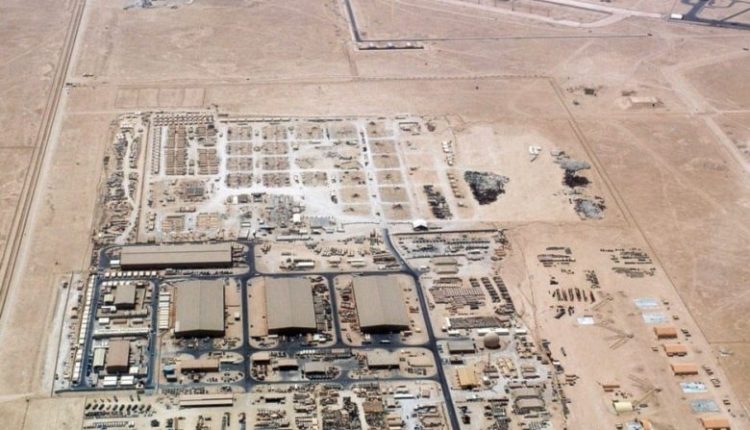Iran Strikes Al-Udeid: What Do We Know About the Most Dangerous U.S. Airbase in the Gulf?
In a bold escalation reflecting the growing assertiveness of the Resistance Axis, Iranian armed forces launched a precision strike on Al-Udeid Airbase in Qatar as part of Operation “Bushra al-Fath” (“Glad Tidings of Victory”) — breaking through one of the most fortified American military installations in the region. This wasn’t merely a retaliatory act — it was a clear signal: the U.S.’s military strongholds are no longer immune to direct response.
What is Al-Udeid Airbase — and Why is it So Critical?
Located roughly 30 km southwest of Doha, Al-Udeid is the largest U.S. military base outside the continental United States, also referred to as “Abu Nakhlah Airfield.”
Key Features Include:
-
Over 11,000 U.S. military personnel stationed on-site
-
Headquarters of U.S. Central Command (CENTCOM) operations
-
Home to the longest runway in the Gulf (12,000 feet)
-
Hardened aircraft shelters, underground bunkers, and advanced communications systems
The Largest U.S. Weapons Depot in the Region
Al-Udeid hosts:
-
Massive stockpiles of smart bombs and precision-guided munitions
-
Heavy armored vehicles, including tanks and armed drones
-
Surveillance aircraft like the RC-135 and E-8C JSTARS
-
Launchpad for B-1B and B-52 strategic bombers
Command Center for Regional Wars: Yemen, Syria, Iraq
Since the start of the Saudi-American war on Yemen in March 2015, Al-Udeid has been used to:
-
Coordinate aerial refueling operations
-
Manage surveillance and drone missions over Yemeni territory
-
Facilitate strikes on Iraq, Syria, and Lebanon, including attacks on the Popular Mobilization Forces and other resistance factions
A Hidden Hand in Support of Israel
After Israel’s incorporation under U.S. CENTCOM in 2021, Al-Udeid became a key node in intelligence coordination and logistical support for Zionist military actions.
Al-Udeid has reportedly:
-
Assisted in airstrikes on Gaza
-
Monitored resistance activity across Lebanon, Iraq, Yemen, and Palestine
-
Launched surveillance aircraft during operations such as “Guardian of the Walls” and “Al-Aqsa Flood”

Not Just American — British Presence Confirmed
Alongside U.S. forces, a British military unit is stationed at Al-Udeid. These troops are embedded in joint operations rooms, contributing to reconnaissance and intelligence missions across the region.
Qatar’s Dilemma: Neutral Image vs. Strategic Partner in War
Despite Qatar’s outward claims of neutrality, hosting Al-Udeid makes Doha a direct participant in U.S.-led military campaigns. While the base remains a political bargaining chip for Qatar, it also renders Qatari soil a strategic liability, making it a potential target in any regional escalation.

Iran Flips the Script: U.S. Bases Are No Longer Safe
The strike on Al-Udeid signals:
-
A direct hit on CENTCOM’s Gulf command hub
-
A message of deterrence: any base used for aggression will be targeted
-
A severe blow to Washington’s aura of invulnerability
A New Phase in Resistance Doctrine
This operation isn’t a one-off. It marks the beginning of a strategic transformation in the rules of engagement with the United States.
The base that once orchestrated wars across the Middle East is now within striking distance.
As long as U.S. forces continue to occupy Arab land and direct regional wars from fortified bases, the Resistance will maintain its right to strike — and the sword will not be sheathed.


